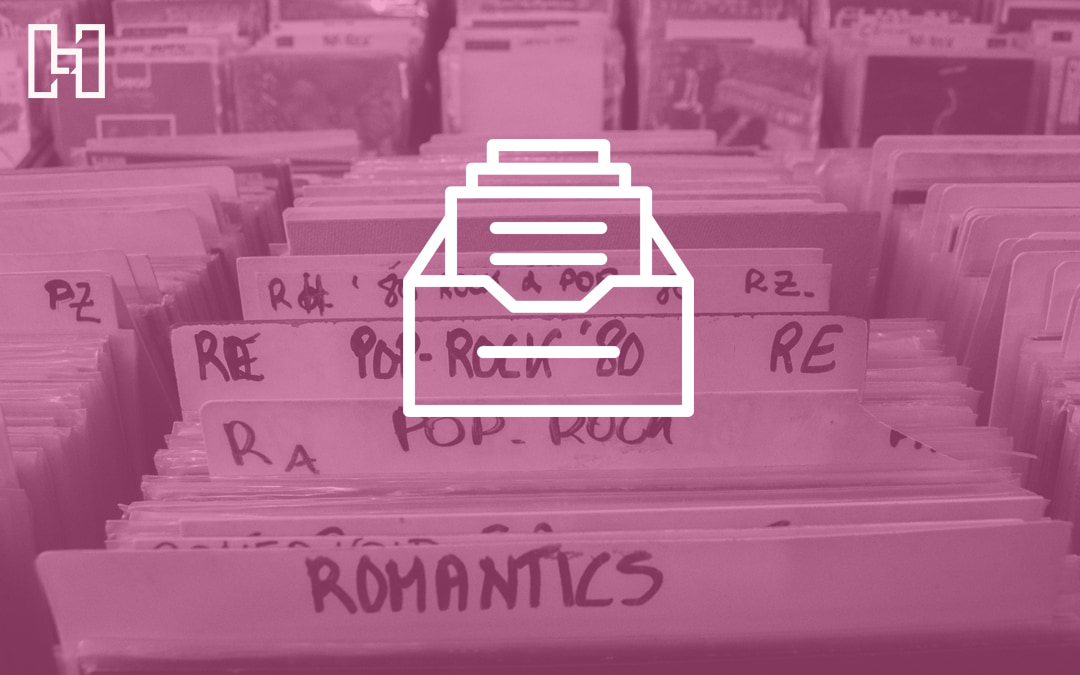One of the most common questions we get from WordPress site owners and bloggers looking to better optimize their websites is “What are categories and tags, and how do I use them on my blog?”
Categories and tags aren’t that different, which is why they’re so confusing for WordPress users. In fact, both categories and tags are used to organize a WordPress site blog. But the small distinctions they have can be the difference between a website that’s optimized for search engines and one that’s not.
Before we get too deep into how to use categories and tags on WordPress, it’s important that we review exactly what categories and tags are and how they function on WordPress websites.
What Do Categories and Tags Do for a WordPress Blog?
Organization and optimization. These are the main benefits of using categories and tags on your WordPress blog. Categories and tags make it easier for people to find your blog posts, whether they’re on your website or they’re finding your posts in search engine results. They also provide a way for you to target highly-searched keywords that relate to your website’s content, your business’ industry, your products or services, etc.
What’s the Difference Between a Category and a Tag?
A WordPress category is used to organize blog posts so site visitors can quickly understand what a post is about and find related posts that fall within the same categorization. The organization of categories varies from site to site, but the general idea is that categories are used to group broad yet related topics.
Posts MUST have a category, otherwise they’ll fall into WordPress’ default “Uncategorized” category, which isn’t useful for readers of your blog or search engines looking to understand your content. You can also create subcategories. (Ex: “Online Marketing” could be a category with “SEO” and “Web Design” as subcategories.)
Each category gets a landing page with a /blog/category/ URL where any post that falls within that category will be displayed. These landing pages can be used in WordPress menus as well.
A WordPress tag is similar to a category in that it’s also used to organize posts to help site visitors understand a post’s topic and find other posts within that topic. The difference, however, is that tags are used for narrower organization. Tags should be subsets within their respective categories. (Ex: With an “SEO” category, you could use tags like “Algorithm Updates” and “Best Practices” to narrow the focus within that category.)
Unlike categories, posts don’t technically need tags, but you should use them. Tags help organize your content, target more keywords, and provide search engines with more pages to crawl on your website.
Similar to categories, each tag will have a landing page with a /blog/tag/ URL, though these pages typically carry less weight than category pages since they’re not as high up in a site’s structure.
Common WordPress Category and Tag Mistakes
Understanding the difference between categories and tags, as well as their individual functions, can eliminate some of the confusion. But because these blog organization and archiving tools are so close in definition and purpose, bloggers often misuse them, resulting in one of the following mistakes:
Creating Too Many Categories
You’ve seen this before—a blog post that’s listed under three or more categories. This is the result of a common misconception. WordPress bloggers often create more categories than they need because they think it helps them show up for more keywords in search engine results. But this isn’t proper organization. Categories are supposed to be broad; subcategories and/or tags should narrow the focus of a post.
Not Using Categories and Tags at All
The fear of being penalized by search engines for improperly using categories and tags on WordPress often keeps users from implementing them entirely. But it doesn’t have to be that extreme. Categorizing and tagging blog posts isn’t an all-or-nothing technique. Use them in moderation, and make sure they serve a purpose.
Duplicate Topics Across Categories and Tags
Since categories are meant for overarching topics, you shouldn’t have a category and a tag that share a name. If your category is “SEO,” you shouldn’t have a tag that’s also “SEO.” All this means is you’ll have /blog/category/SEO and /blog/tag/SEO URLs that load the same content. Which one would search engines pick first in that situation?
Singular vs. Plural Categories and Tags
The singular vs. plural issue happens more often with tags, but it can happen with categories, too. This is when a blog has two tags based around the same word, though one’s singular and one’s plural. Let’s say you tag both “keyword” and “keywords.” This is unnecessary. You only need one tag, so choose either singular or plural.
Creating Categories for Authors
One issue that comes up frequently with multi-author blogs is having categories for individual authors as a way to separate posts. WordPress already has author categorization in place that makes this redundant. Whenever a WordPress user publishes a post under their name, it will display on the /author/name URL page.
WordPress.com Tags vs. WordPress.org Tags
Did you know there are two versions of WordPress? There’s WordPress.com, the free blogging platform used by millions of bloggers around the world, and there’s WordPress.org, a content management system used to build, design, and publish web domains. Tags function differently on the .com and the .org sites.
With WordPress.com, users are encouraged to include several tags. This helps bloggers build a following, as other bloggers can find their posts through tag topics. On the other hand, with a WordPress.org site, too many tags could drift into questionable SEO territory, especially if search engines determine that some of the tags included are duplicates of categories or aren’t relevant to the content on the page.
WordPress Category and Tag Best Practices
Now that we’ve covered the differences between categories and tags, what they do for a blog, and common mistakes to avoid when using them, it’s time to talk best practices with categorizing and tagging.
Do Keyword Research to Find Your Best Opportunities
If you’re trying to improve your blog’s search engine optimization, categories and tags should be created around the keywords you’re trying to target. That’s why the very first thing you should do when creating categories and tags is keyword research around the broad topics you intend to write about. Ask yourself, “What terms and phrases will people search for that could lead them to my posts?”
Create an Organizational Structure Before Blogging
It’s a good idea to build out your blog’s organization before you start creating posts. That way, you don’t have to implement redirects when changing established categories or hierarchies and their subsequent URLs. Determine which categories you need and what tags can go with them based on your keyword research.
Take a look at how we’ve structured the Hurrdat blog’s categories and tags:
- Digital Marketing (Category)
- Branding (Tag)
- Content Marketing (Tag)
- Email Marketing (Tag)
- Marketing Strategy (Tag)
- Paid Advertising (Tag)
- Social Media Marketing (Tag)
- Video Marketing (Tag)
- SEO (Category)
- Content Marketing (Tag)
- Local SEO (Tag)
- Off-Page SEO (Tag)
- On-Page SEO (Tag)
- Search Algorithms (Tag)
- SEO Basics (Tag)
- User Experience (Tag)
- Web Design (Category)
- Branding (Tag)
- Marketing Strategy (Tag)
- User Experience (Tag)
- Web Development (Tag)
- Webpage Design (Tag)
- WordPress Website (Tag)
Now, you may have more categories than our blog does. You may also have subcategories under your main categories. Also, you’ll notice in our example that some tags are listed twice under different categories. That’s because categories and tags aren’t mutually exclusive. Some tags will fall under multiple categories.
The way you structure and use your blog’s categories and tags depend entirely on your content, the keywords you’re targeting, and their relevancy to each post. As long as you follow the best practices and avoid the common mistakes mentioned above, your blog will be well-organized and well-optimized.



